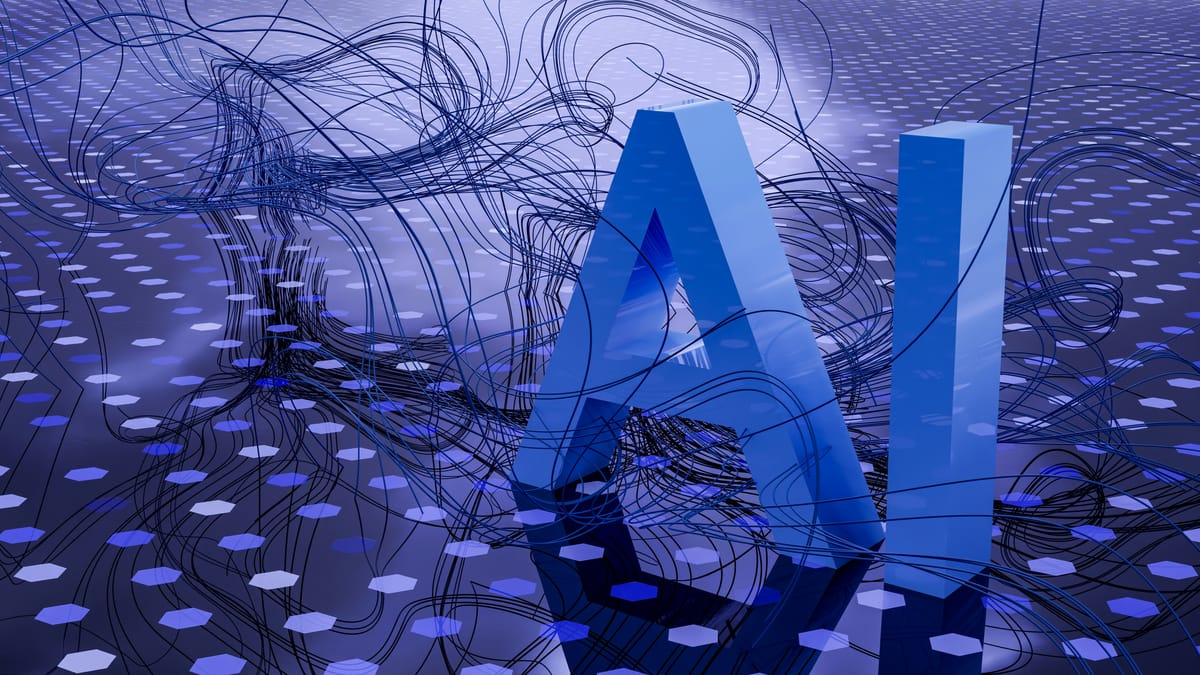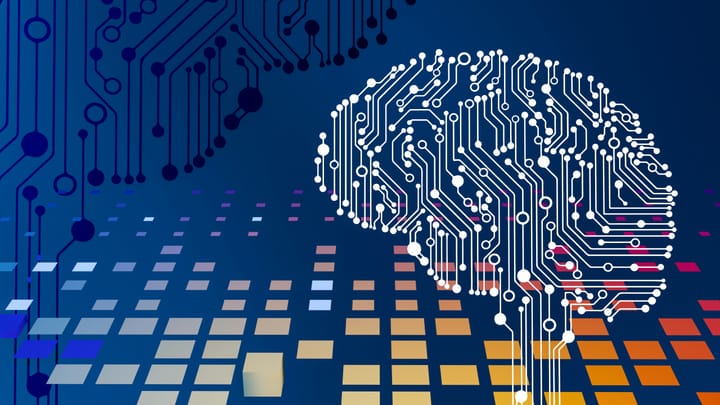AI Quality Analyst - What That Job Might Look Like by 2027

Something fascinating is happening in QA right now. Maybe you've heard about it?
Every week, I see new posts on LinkedIn describing “AI Quality Analyst” roles; half curiosity, half panic. Some are skeptical (“Are we replacing testers with bots now?”), others are optimistic (“Finally, QA gets the respect it deserves!”).
The truth, as always, lives in the middle.
By 2027, “AI as a Quality Analyst” won’t mean the end of QA; it’ll mark the rebirth of it. It will redefine how quality is observed, reasoned about, and enforced across every layer of software delivery. But to get there, we have to understand what this role will actually do, what it will replace, and what it will empower humans to focus on instead.
Let’s imagine this future from the ground up.
1. The Shift From Execution to Evaluation
In the traditional QA pyramid, analysts have always been the ones doing the testing; writing steps, clicking buttons, logging bugs. Even with automation, most of our work has been about execution: running scripts, monitoring pipelines, triaging failures.
AI changes that.
By 2027, most test execution will be autonomous. Tools like Playwright MCP, TestGPT, and Anthropic’s QA reasoning engines are already capable of reading product requirements, generating candidate test cases, running them in headless environments, and ranking the results by confidence.
That means the “AI Quality Analyst” won’t execute tests. They’ll evaluate them.
Think of it like the difference between a pilot and an air traffic controller. The pilot handles manual control; the controller observes the entire system. The AI QA Analyst will play that controller role; watching for trends, analyzing anomalies, correlating failures across builds, and guiding the AI test executor toward better coverage and smarter risk detection.
The new skill set:
- Interpreting model output, not just logs.
- Prompt-engineering test oracles - telling the AI what good looks like.
- Evaluating confidence thresholds - knowing when to trust the AI’s pass/fail signal and when to override it.
- Debugging reasoning chains, not code - tracing why the AI thinks a flow passed or failed.
This shift moves QA from a mechanical discipline to a cognitive one. The human still matters; but in a completely different way.
2. The Rise of “Quality Intelligence Systems”
By 2027, companies won’t just have test frameworks. They’ll have Quality Intelligence Systems; platforms that ingest production metrics, customer feedback, test results, and AI-generated risk signals into a single continuous loop.
The AI Quality Analyst will live inside that loop.
Imagine a dashboard where every commit triggers:
- AI-generated unit, API, and UI tests.
- Auto-tagging of failures with probabilistic root causes (“likely backend auth regression”).
- Automatic linkage to Jira tickets with a severity estimate.
- Correlation between failed flows and live production metrics.
The analyst’s role will be to curate this intelligence; teaching the AI what’s important, filtering out noise, and refining the models’ understanding of “business impact.”
That’s where human empathy meets machine scale.
An AI can spot a 1% drop in conversion rate faster than any analyst.
But only a human can say, “That’s a $3M impact because it affects our top customer funnel.”
So, instead of checking boxes on a regression suite, the AI QA Analyst will be:
- Training models to align with business risk, not just functional correctness.
- Maintaining ontologies of quality; defining how the AI interprets concepts like “critical,” “minor,” or “user-visible.”
- Writing feedback loops that help the AI learn from production incidents.
It’s QA, but finally operating at the same data scale as product and engineering.
3. The End of “Bug Tickets” - and the Start of “Quality Events”
By 2027, the phrase “bug ticket” might sound as outdated as “faxed defect report.”
Why? Because AI systems will identify, reproduce, and even fix many defects before a human ever files them.
Already, GitHub Copilot and Sourcegraph Cody can propose fixes in-line. Combine that with autonomous testing agents that can isolate failing commits, and you get a world where defects are events, not tasks.
A “Quality Event” might look like this:
🚨 Regression detected in Checkout API latency (92% confidence). Impact: high. Suggested fix: revert PR #12451. Linked PR ready for review.
No ticket. No triage. No queue.
Just detection → diagnosis → draft fix → human review.
In this workflow, the AI QA Analyst becomes a quality orchestrator: reviewing events, validating impact, approving fixes, and tuning the models that decide what’s worth flagging.
It’s a quieter kind of heroism; fewer Jira tickets, more trust in automation, and faster mean time to quality recovery.
4. Skills That Will Define the AI QA Analyst
Let’s make it concrete. If you were hiring for this role in 2027, your job description might include:
Core Competencies:
- Strong understanding of ML-assisted testing frameworks (Playwright MCP, TestGPT, etc.).
- Familiarity with LLM evaluation metrics (truthfulness, consistency, confidence scoring).
- Ability to write prompt templates and domain-specific test oracles.
- Knowledge of CI/CD pipelines and observability tooling (AWS X-Ray, Grafana, Datadog).
- Expertise in root-cause analysis and production telemetry.
Soft Skills:
- Systems thinking - ability to see quality as an emergent property, not a checklist.
- Product empathy - understanding how issues affect users and business goals.
- Curatorial judgment - knowing which anomalies deserve attention and which don’t.
- Collaboration - partnering with AI engineers to improve model behavior.
In essence, this role merges data science, DevOps, and quality engineering into one hybrid discipline.
The AI does the heavy lifting; the human gives it direction and meaning.
5. The Human Advantage: Context and Conscience
There’s one domain AI still can’t own: context.
It can simulate reasoning, but it doesn’t understand why we care.
It can mimic empathy, but it doesn’t feel user frustration.
It can analyze logs, but it doesn’t experience the product.
That’s where the AI QA Analyst becomes irreplaceable.
They’ll be the conscience of the system; asking the questions the AI never will:
- Should we even ship this feature?
- Does this change align with accessibility standards?
- Are we biasing results against certain user groups?
- Does this “fix” make the workflow harder for clinicians or customers?
By 2027, the most advanced organizations will realize that quality without conscience is just efficiency.
And that’s the line humans must hold.
6. How the Role Evolves Inside Organizations
At first, AI QA Analysts will live inside QA teams. But soon, they’ll become embedded across delivery pipelines; sitting between product managers, SREs, and ML engineers.
Expect three emerging archetypes:
- AI Test Orchestrator – manages autonomous test agents, curates coverage, ensures relevance.
- Quality Intelligence Analyst – correlates AI risk signals with production data and user metrics.
- Ethical Quality Steward – ensures the AI’s decisions respect compliance, privacy, and human impact.
In large enterprises, these roles may consolidate under a Quality Intelligence Platform Team, providing dashboards and APIs to the rest of engineering. In startups, one hybrid engineer might wear all three hats; part QA, part data scientist, part philosopher.
Either way, this function will become as essential as observability or incident management.
If reliability engineers keep systems running, quality intelligence engineers will keep them trustworthy.
7. The Career Path From QA to AI QA
If you’re in QA today, the best thing you can do isn’t to learn TensorFlow or chase every new LLM paper.
It’s to understand the data behind your tests.
Ask questions like:
- What patterns predict flakiness?
- Which tests correlate most with production incidents?
- What signals could an AI use to learn from our failures?
Then start building small feedback loops:
- Auto-tag flaky tests and report trends.
- Feed production logs into your test triage.
- Use GPT-based classifiers to cluster similar bugs.
Each of these steps is a micro-version of what the AI QA Analyst will eventually do at scale.
The best candidates for those future roles will be the ones already building that bridge today.
8. The Bottom Line: QA Isn’t Dying; It’s Leveling Up
Every industrial shift feels like an extinction event at first.
When automation came for manual testers, it didn’t erase QA; it forced evolution.
When DevOps collapsed silos, it didn’t erase testing; it embedded it deeper.
Now, with AI, we’re entering the next phase: Quality as an intelligent ecosystem.
The “AI Quality Analyst” won’t replace you.
It will amplify you; by automating the noise, surfacing the signal, and freeing you to do what humans do best: interpret, empathize, and decide.
By 2027, the best QA organizations will look less like factories and more like neural networks; humans and AI learning together, closing the feedback loop between intent and reality.
That’s the real story.
AI won’t take QA’s job.
It will finally help QA do its real job; ensuring not just that software works, but that it works for people.
👉 Want more posts like this? Subscribe and get the next one straight to your inbox. Subscribe to the Blog or Follow me on LinkedIn



Comments ()